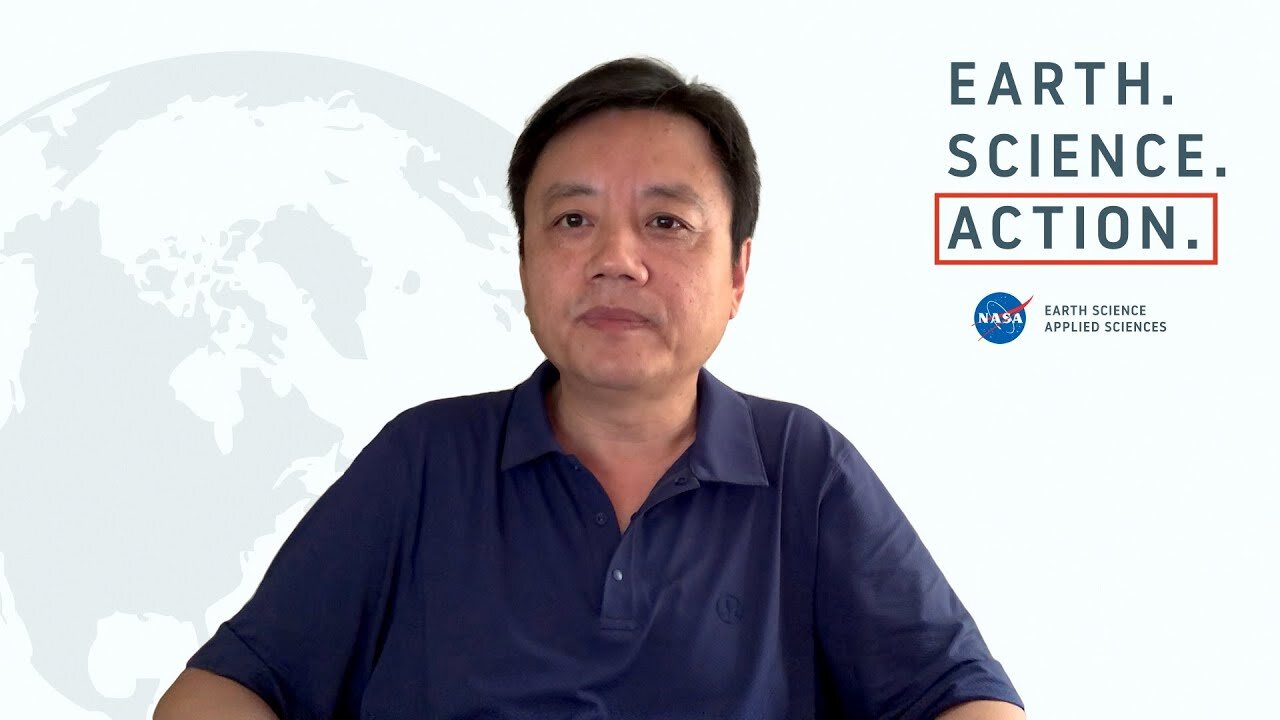Premium Only Content

Detecting Sargassum algae from space, also known as Sargassum seaweed //dxbdubai
Detecting Sargassum algae, also known as Sargassum seaweed, can be challenging because it often floats on the surface of the ocean and forms dense mats that can cover large areas. However, various methods and technologies have been developed to detect and monitor Sargassum algae blooms. Here are some common approaches:
Satellite Imaging: Satellite-based remote sensing is one of the most effective ways to detect and monitor Sargassum blooms over large ocean areas. Satellites equipped with sensors that can capture different wavelengths of light, including infrared and visible light, can detect changes in the color and temperature of the ocean's surface caused by Sargassum. These satellites provide valuable data for tracking the movement and extent of Sargassum algae.
Aerial Surveys: Aircraft equipped with specialized sensors can also be used to conduct aerial surveys of Sargassum blooms. These surveys can provide high-resolution images and data to complement satellite observations.
Ocean Buoy Networks: Some regions deploy ocean buoys equipped with sensors to monitor water quality and environmental conditions. These buoys can detect changes in water temperature, turbidity, and nutrient levels associated with Sargassum blooms.
Citizen Science: Citizen scientists and local communities can play a role in Sargassum detection. Reports and observations from beachgoers and coastal residents can help authorities track the presence and extent of Sargassum accumulations.
Machine Learning and Artificial Intelligence: Researchers are developing machine learning and AI algorithms to analyze satellite and aerial imagery more effectively. These algorithms can automatically identify and track Sargassum blooms based on patterns and features in the images.
Oceanographic Models: Numerical models of ocean currents and water quality can be used to predict the movement and dispersion of Sargassum algae. These models take into account factors such as wind, ocean currents, and water temperature.
Field Surveys: While remote sensing provides valuable data, ground-based field surveys are essential for verifying and validating the satellite and aerial observations. Researchers can collect physical samples and conduct detailed studies of Sargassum in affected areas.
Combining multiple methods, including satellite imagery, aerial surveys, and data from ocean buoys, allows scientists and authorities to better understand the dynamics of Sargassum blooms and respond to their presence. Early detection is crucial for managing the impacts of Sargassum algae on coastal ecosystems, tourism, and local economies.
Regenerate
-
 15:40
15:40
Robbi On The Record
22 hours agoThe Truth About Your Fitness Tracker
1983 -
 LIVE
LIVE
The White House
2 hours agoPresident Trump Signs Executive Orders, Sep. 19, 2025
1,231 watching -
 1:31:13
1:31:13
The Quartering
3 hours agoColbert Rages Over Kimmel, Antifa Attacks Charlie Kirk Vigil & Raja Jackson Arrested Finally
150K59 -
 LIVE
LIVE
Dr Disrespect
5 hours ago🔴LIVE - DR DISRESPECT - SUPER ENTERTAINMENT POWER
1,250 watching -
![MAHA News [9.19] McDonalds & Tyson Get Healthier, Big Pharma Ads, CDC Updates Vax Sched](https://1a-1791.com/video/fww1/5d/s8/1/4/u/s/j/4usjz.0kob-small-MAHA-News-9.19.jpg) LIVE
LIVE
Badlands Media
12 hours agoMAHA News [9.19] McDonalds & Tyson Get Healthier, Big Pharma Ads, CDC Updates Vax Sched
440 watching -
 1:04:41
1:04:41
Ben Shapiro
4 hours agoEp. 2284 - THE DAY AFTER: Kimmel Suspended, Democrats LIVID
30.1K54 -
 1:57:22
1:57:22
The Charlie Kirk Show
4 hours agoTucker Carlson on the Faith of Charlie Kirk | 9.19.2025
139K119 -
 2:21:46
2:21:46
Lara Logan
8 hours agoTHE FIGHT FOR A FREE BRITAIN with Katie Hopkins | Episode 36 | Going Rogue with Lara Logan
30.1K19 -
 1:05:14
1:05:14
Jeff Ahern
2 hours agoFriday Freak out with Jeff Ahern
3.93K -
 16:52
16:52
IsaacButterfield
11 hours ago $0.57 earnedWoke Karens Are Trying to End This Man’s Career
15.5K6